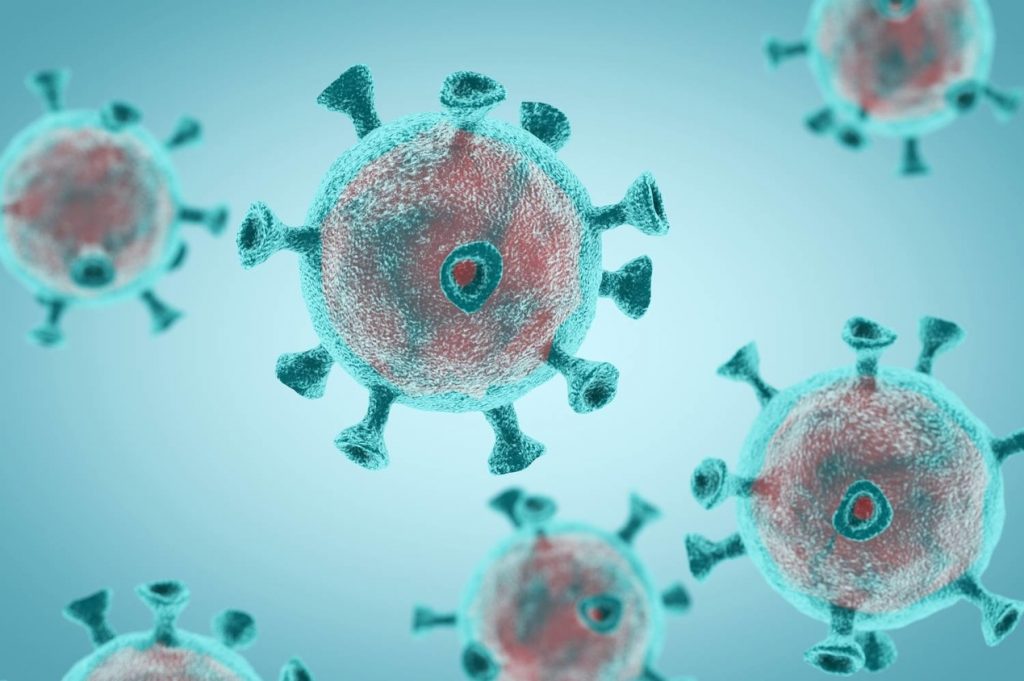The COVID-19 pandemic brought an enormous urgency to the life sciences sector. Companies vied for suitable treatments and in less than a year, COVID-19 vaccines were developed. This demonstrated clearly that the sector could move at speed when necessary. Though vaccines were supported by regulators, inefficiencies in vaccine and drug development were exposed.
COVID-19 has changed how we live and work – quite possibly permanently. From hybrid workplaces to online shopping, the digital revolution is well and truly here. Furthermore, the transformation in life sciences and pharma has been extraordinary.
However, the pandemic created a huge problem for people running clinical trials, especially existing trials. Routine health care visits were discouraged or even banned. Everything moved to online consultations. How can you carry out clinical trial assessments if you can’t visit patients, and they can’t visit you? How did the industry speed up vaccine development?
An agile approach: Remote, hybrid and decentralized clinical trials
Decentralized, remote and hybrid clinical trials are the answer. Trials where patients record their own data using wearables and apps and consult with clinicians using technology and telemedicine rather than face to face.
First, there was a reassessment of stages and processes in drug development. It became possible to challenge longstanding systems and look again at whether every stage was really necessary and fundamental. Second, there has been a focus on new collaborations beyond the health care ecosystem. These have enabled new ways to find patients and manage clinical trials that have accelerated the process significantly.
Clinical trials make use of these concepts that have been around for a long time. However, they hadn’t really taken off until the pandemic. Embraced by all, these concepts are often more beneficial for patients and clinicians.
Their benefits include:
- Patients do not have to travel as often, which is particularly important where patients’ conditions make it hard to go far from home. Consequently, drop-out rates from trials are likely to decrease, which reduces the number of people who need to be recruited.
- It is easier to recruit more patients and a more diverse group for your trial. Your patients no longer have to be local. If you speak the same language or can find someone who does, they no longer have to be in the same country or on the same continent. This means that you can recruit from a much wider pool --and get much more reliable results.
- You can monitor patients every day. Instead of having data about each patient drawn from every clinic visit (perhaps once a month or so) you will have daily data, or even several times a day. This gives you a better picture of what is happening to each patient. You can monitor and review any side effects in nearly real-time. This has multiple benefits, including faster response to changes and better care for individual patients.
- You will have access to much more data. A secondary benefit to monitoring patients more often is that you have more data to review and analyze. This makes it easier to detect patterns on a population basis.
The rise of collaborative regulators that put patients first
Both clinicians and patients are seeing the benefits of remote, hybrid and decentralized trials.
Fortunately, the evidence so far is that regulators around the world are happy to see new approaches to drug development. Crucially, they worked closely with the industry during the pandemic. The approach became much more collaborative, rather than based on endpoint-type reviews. This is essential to reducing review times for new drugs and treatments.
There are four aspects that regulators need to see in drug development. They want patient safety put first. They require a risk-based approach to development and objective evidence of outcomes. Finally, they want a controlled process. The industry can deliver all these within hybrid and decentralized trials, with closer collaboration with regulators—and reduce drug development times. The new world awaits.




